ASTANA — A small community of bird enthusiasts in Astana have been setting ecological trends, advocating for ethical observation practices and environmental responsibility, and fostering camaraderie through shared sightings and insights. Ruslan Urazaliev, researcher and photographer, Kulyanda Tulebaeva, birdwatcher and photographer, and Vera Voronova, the executive director of the Association for Biodiversity Conservation of Kazakhstan (ASBK), shared their experiences supporting the city’s avian residents.
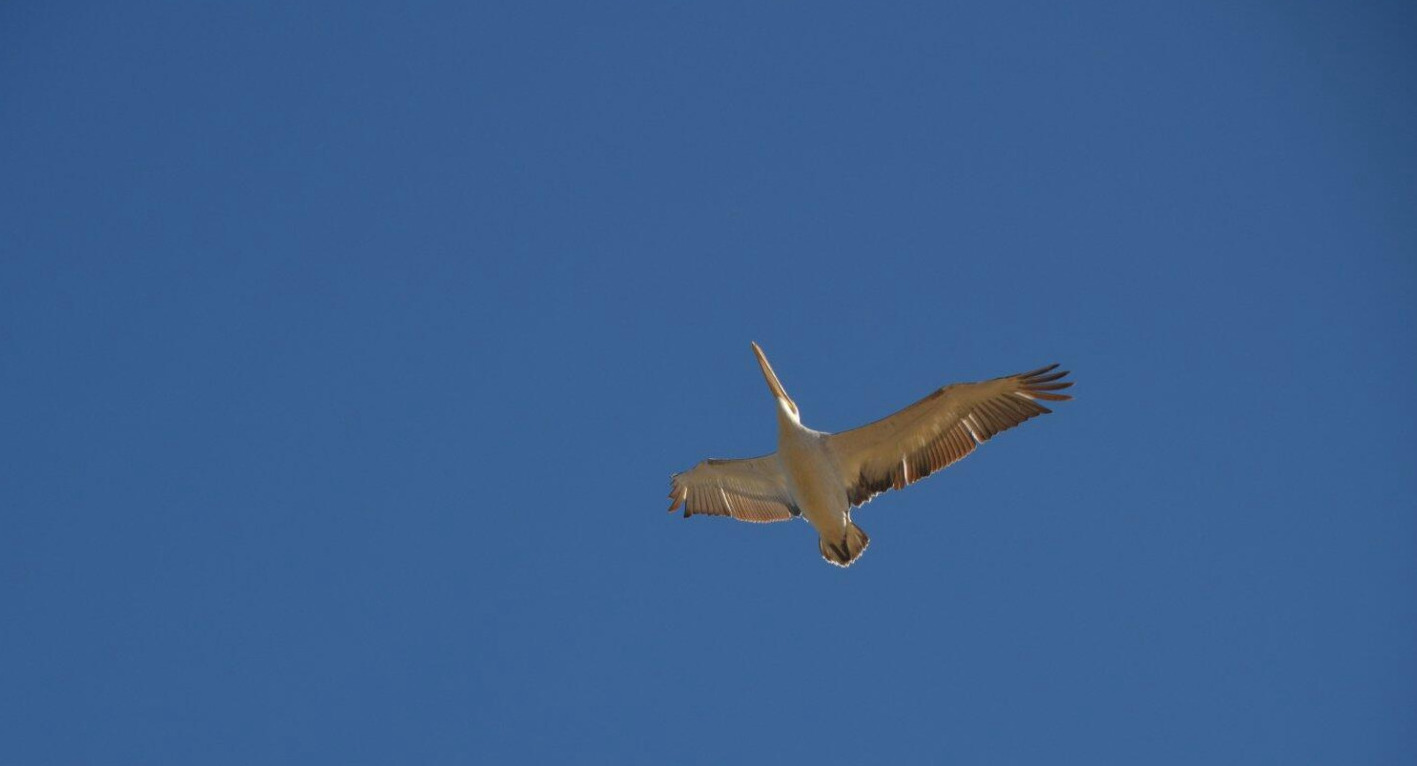
A pelican. Photo credit: Kulyanda Tulebaeva.
Astana’s rough climate does not deter avian species, making it an unexpected winter haven for colorful birds like bullfinches, goldfinches, and snow buntings. As winter wanes, migratory birds stop in urban parks to recharge before continuing their journey. The outskirts attract majestic cranes from mid-April to mid-May, offering a perfect time to witness these migratory wonders. Newbie birdwatchers can start this hobby straight from their homes using just a usual smartphone camera. All they need is bird-safe food in winter and patience.
Experienced birdwatchers warn that the practice entails more than just skills and technical resources. Ethical principles in wildlife photography and conservation are crucial to protect bird populations and their habitats. Disturbing nests and using cameras, particularly drones, near endangered birds’ nesting sites can be harmful, breaking the inviolable line between wild nature and entertainment.
“I can say that birds are a passion for me. They bring joy and happiness, acting as a conduit to the world of wild nature,” said Urazaliev. His interest in birds manifested from an early age, as growing up in the countryside allowed him to stay connected with nature, which had a huge influence on him.
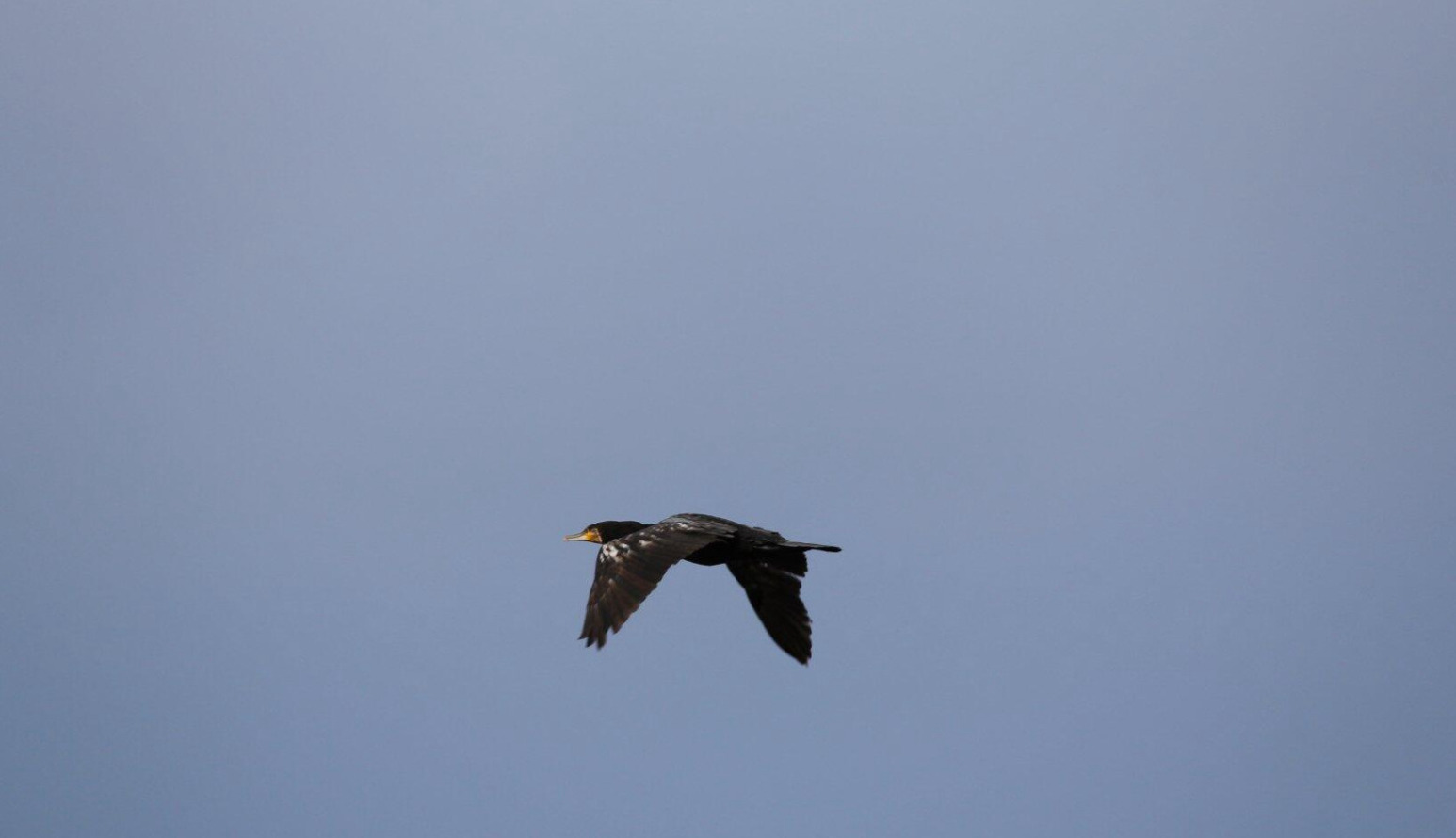
A great cormorant. Photo credit: Kulyanda Tulebaeva.
The photographer said he watched many nature documentaries and realized he knew more about American and African wildlife than Kazakhstan’s. This led him to explore Kazakhstan’s diverse wildlife during his early trips to the steppe and nature.
“When I was a student at university, I had an internship at the Korgalzhyn Nature Reserve. There, they recognized my interest and attentiveness, and gave me binoculars and a bird guidebook. That’s how I observed, recorded, and compiled lists. Later, I started working with the association for biodiversity conservation, where I work as a research associate now. It is here that my scientific interest and personal passion intertwine. I take photographs as I spend a lot of time in the field,” said Urazaliev.
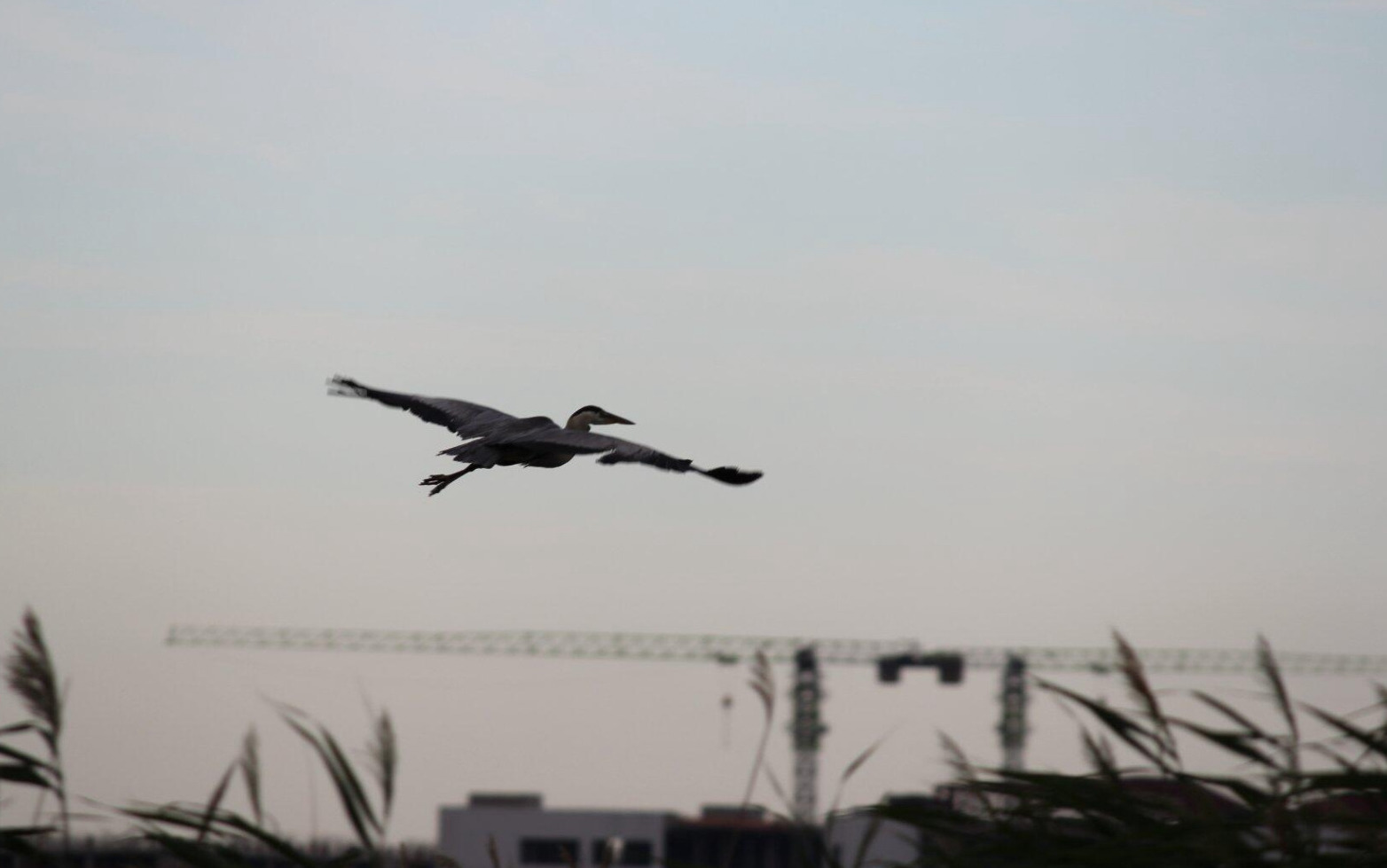
A grey heron. Photo credit: Kulyanda Tulebaeva.
Tulebaeva, a retired agronomist and photographer, has been involved in this hobby for 17 years. “It was my strong interest in nature, birds, and landscapes – that’s how it all began. Modern cameras now make it easier to engage in photography. With time, you acquire skills, but the main thing is to capture the moment,” said Tulebaeva.
Birdwatching has been very helpful in her journey as a photographer, as she feels a deep connection with the natural world, having spent a lot of time in nature since childhood.
Despite a relatively small number of members, the birdwatching community in Astana carries significant responsibility, as all interviewees agree. According to Urazaliev, “Birdwatchers are often quiet individuals seeking solace in nature, escaping from the hustle and bustle of crowds and the city. Consequently, they may not actively seek public platforms and thus require assistance in media coverage and resources.”
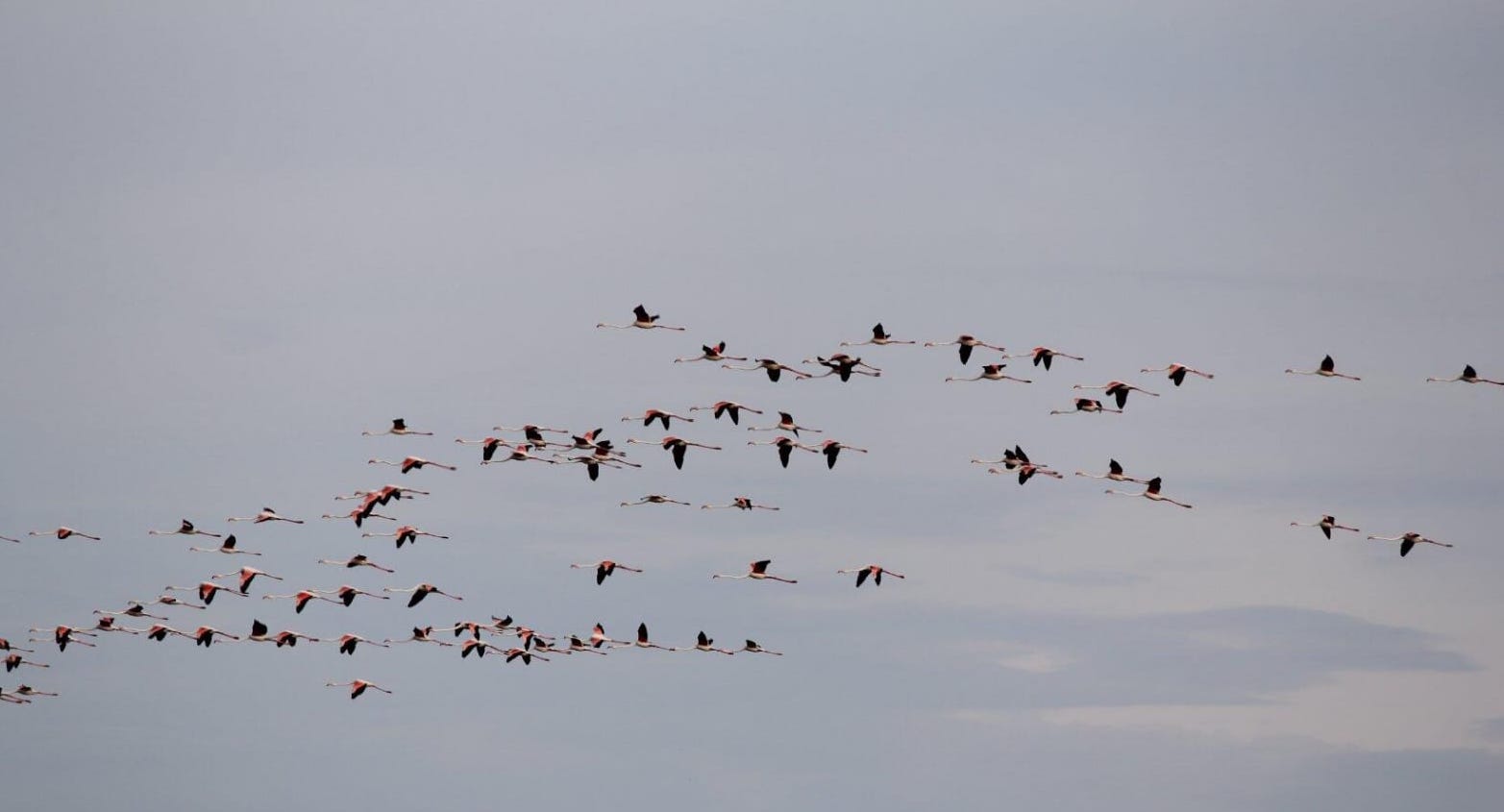
Flamingos. Photo credit: Kulyanda Tulebaeva.
He said each person contributes in their own unique way. “Some write blogs about litter and recycling, while others focus on photographing birds. These individuals are pioneers of the Kazakh environmental civil society.”
Voronova, the executive director of the ASBK, expressed concerns about the public’s limited understanding of Astana’s flora and fauna due to insufficient resources and dedicated people in this field.
The expert believes that popularizing hobbies like bird watching as a local civil initiative can lay the groundwork for developing civil society, encouraging ‘citizen science’ similar to success stories of conservation in European countries.

A swan. Photo credit: Kulyanda Tulebaeva.
From her perspective, Astana needs more specific events and measures to foster the development of ecosystems for birds, in addition to the established Green Belt of Astana, a vast afforestation project encompassing 78,000 hectares around the city. The artificial forest offers a strong foundation for preserving bird biodiversity and provides additional habitats for birds, including fruit and berry plants crucial for their sustenance during the winter. However, Voronova questions the isolated actions of releasing populations of pheasants into the wild.
The expert mentioned a public group on Facebook called Grains of Warmth – Feeding Wintering Birds regarding building civil society initiatives. The group runs a campaign to provide food for wintering birds, helping them survive severe conditions and lack of sustenance during cold weather. Additionally, this effort improves the condition of trees in the area. People are encouraged to create or purchase a bird feeder and place it in suitable locations to participate in the campaign.
Urazaliev believes that knowledge sharing and continuity are essential aspects of the birdwatchers community and nature conservation in general. He shared a story about a 12-year-old boy who contacted him on Instagram to learn about birdwatching and photography. During their first field lesson, the boy saw a new bird species in person for the first time, which was a significant experience for him. Birdwatchers use the term lifer for such encounters, marking an essential first step for each enthusiast. Reflecting on his childhood, Urazaliev acknowledges that he did not have a mentor at that age, but he is grateful that his parents never discouraged his interest in nature.
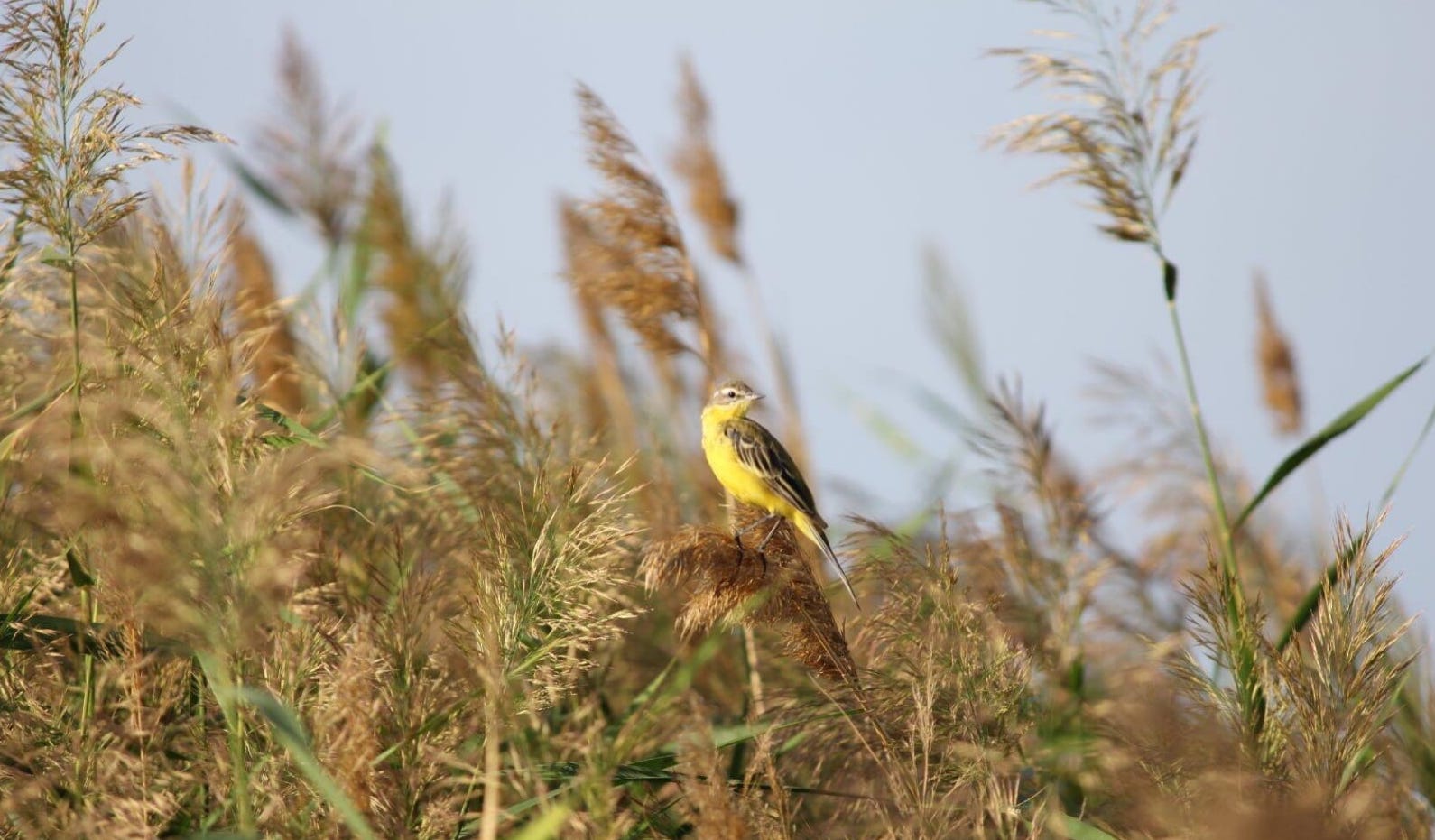
Western yellow wagtail. Photo credit: Kulyanda Tulebaeva.
The experts also discussed the Taldykol Lakes system for birdwatching, photography, and biodiversity conservation. Urazaliev emphasized the importance of choosing natural solutions over artificial ones for biodiversity conservation in Astana. Tulebaeva stressed the significance of preserving natural habitats and called for more efforts to protect bird populations throughout Kazakhstan, considering the shrinking Caspian Sea and Lake Balkhash.
Taldykol Lakes, located in the vicinity of Astana (in the Zhagalau district), serve as nesting and summer grounds for various waterfowl and aquatic birds. These include the mute swan, whooper swan, different types of gulls (laughing gull, herring gull, and black-headed gull), marsh harrier, curly pelican, great cormorant, gray heron, and great egret, as well as other waterfowl and shorebirds.

